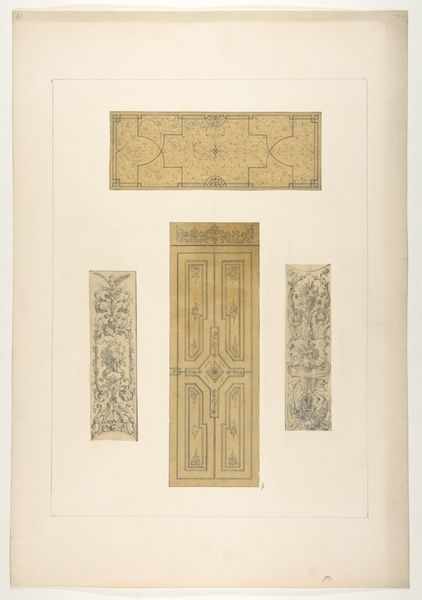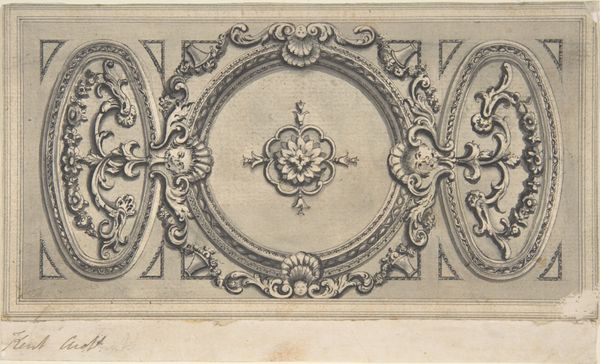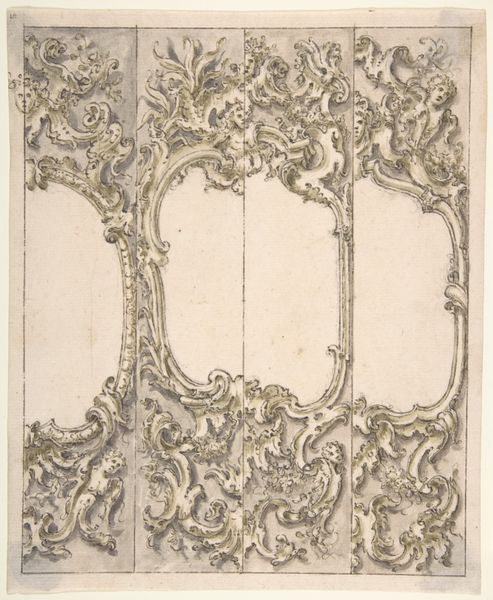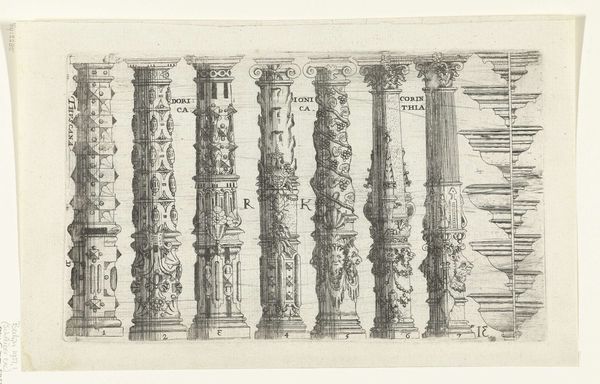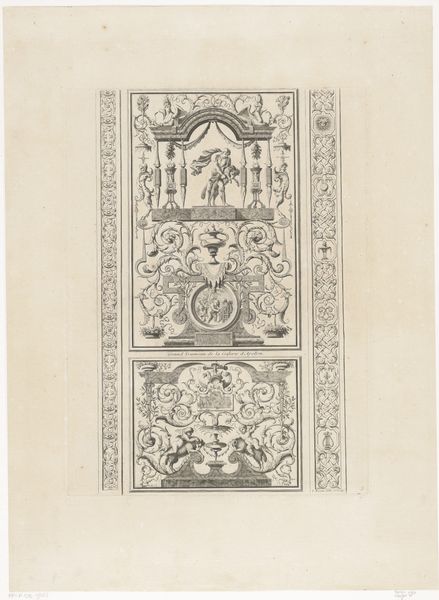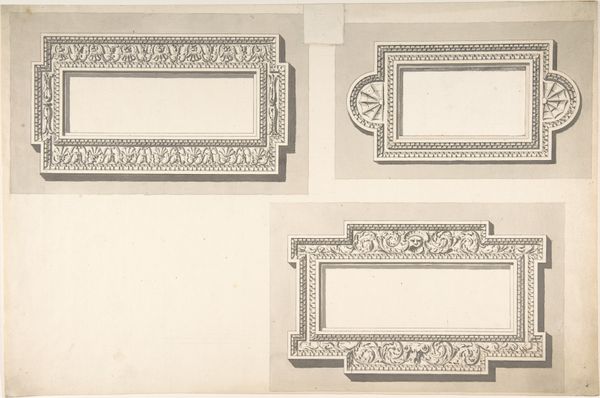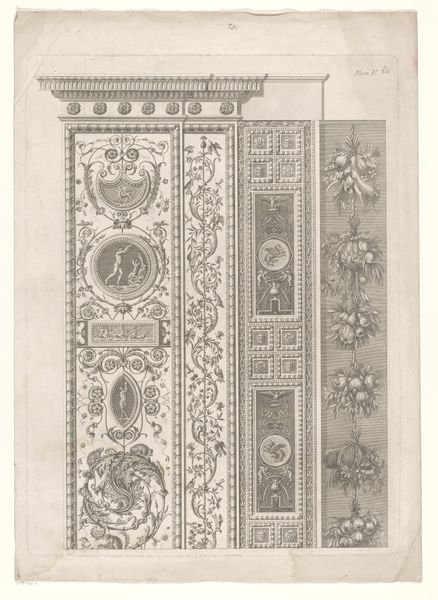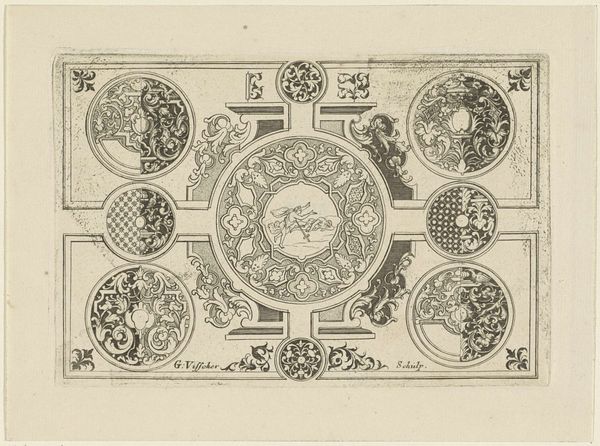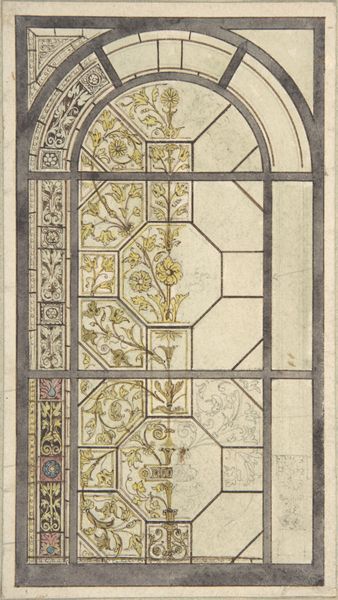
print, relief, engraving, architecture
# print
#
relief
#
form
#
11_renaissance
#
line
#
italian-renaissance
#
engraving
#
architecture
Dimensions: height 400 mm, width 427 mm
Copyright: Rijks Museum: Open Domain
Editor: Here we have "Five Corinthian Pilasters," a 1598 print by Andrea Andreani at the Rijksmuseum. The details are really striking, but the presentation feels quite formal, almost like an architectural record. What story do you think this work is trying to tell? Curator: I see more than just documentation. Consider how these pilasters, these symbols of classical power and order, are presented. They’re flattened into a print, divorced from their original architectural context and reimagined as a series of decorative panels. What does it mean to take these load-bearing, status-defining pillars and turn them into patterns? Editor: So, it’s less about their function and more about their representation? Almost like… a commentary? Curator: Precisely. This print engages with the social currency of classical motifs during the Renaissance. Who had access to these forms? What did these forms signify about their status and cultural capital? Think about the power dynamics at play – the access, the imitation, the reinterpretation. Andreani is playing with the visual language of power. Editor: That's interesting. I initially saw them as simply decorative, but now I'm wondering who this print was for and what they were supposed to do with it. Curator: Exactly! The ‘who’ and ‘what for’ questions are crucial. Is it a guide for builders? A status symbol for collectors? It's all those possibilities existing simultaneously, each carrying different social meanings. Editor: I didn't consider the different possible audiences and how that changes the piece entirely. I'll definitely be approaching art with these new lenses in the future! Curator: Likewise, reflecting on how this print exists now in the Rijksmuseum also tells another story about accessibility. Art always participates in this ongoing dialogue between past and present.
Comments
No comments
Be the first to comment and join the conversation on the ultimate creative platform.
